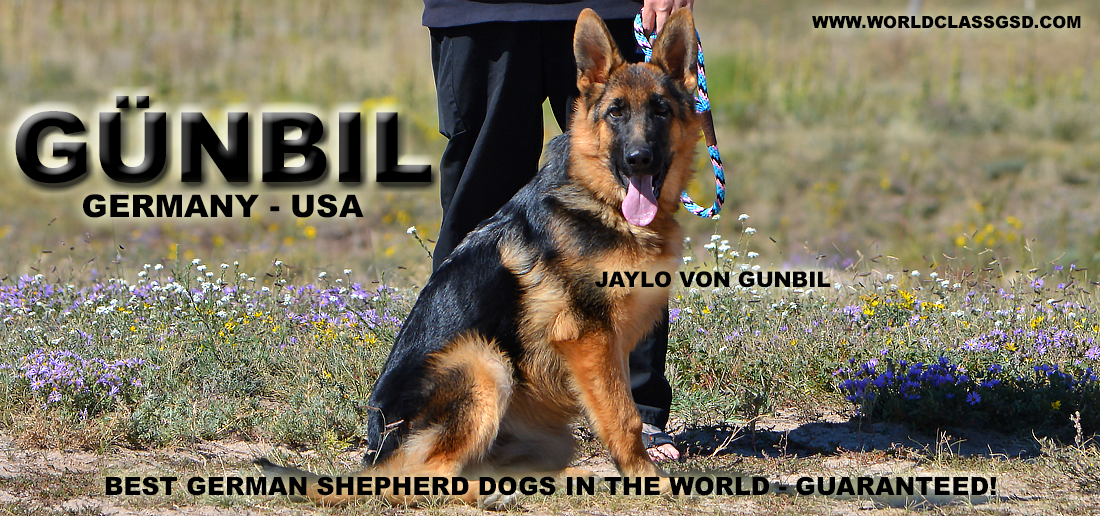
CANINE ringworm

Despite its name, ringworm infection is not caused by a worm but by a fungus. Similar to athlete’s foot in humans, the fungus causes a superficial infection of the skin and hair follicles.
Three types of fungus are usually responsible for these infections: Microsporum canis, Microsporum gypseum and Trichophyton mentagrophytes.
Ringworm is generally a disease of younger animals. The fungus is transmitted by spores which live in soil or may be transmitted between pets on brushes, toys and bedding.
Humans can also contract an infection if they come into contact with an infected pet. Children and elderly people are especially at risk.
Clinical Signs
In humans, ringworm infections typically appear as circular, red raised lesions on the skin, hence the name. However, in cats and dogs, the infection does not always appear as a ring on the skin. In pets, ringworm infection may cause patchy hairlessness in a single area or in several areas of the body. Dogs are most commonly affection on the nose, ears, face and paws. Cats also are affected on the head, but often have spores or hairless patches on their limbs as well. These spots are rarely itchy, but a secondary bacterial infection may cause the lesions to scab, bleed or itch.
Diagnosis
Ringworm is diagnosed by veterinarian with a few simple tests. The spores of the fungus will glow green under ultraviolet light, although occasionally this may not be seen. A fungal culture may be grown from a sample of the hair surrounding the lesions. Fungal cultures take awhile to grow and develop, so your veterinarian may prescribe medications in the interim. Hair follicles can also be microscopically examined in the hopes of identifying spores.
Treatment

Treatment of ringworm infections varies depending on the spread of infection. If the infection is very local to one spot, the area may be shaved and cleaned using special shampoos.
A topical anti-fungal medication, such as 2% miconazole, may be applied to the lesion regularly by the owner. In more generalized cases of ringworm, your veterinarian may recommend not only clipping the hair and using topical therapy, but also a prescription oral medication called Griseofulvin (Fulvicin).
Treatment of ringworm requires great care by owners. Gloves should always be worn when handling infected animals.
Bedding should be discarded and grooming tools should also be sterilized with a 1:10 bleach solution. Ideally, pets should be isolated to prevent spreading spores onto carpets and furniture.
If this is impossible, carpets and furniture should be frequently vacuumed to pick up spores and hair.
- All About German Shepherd Puppies
- Pet Disease and Allergies
- Hips and Elbows
- German Shepherd Dog Anatomy
- What is Schutzhund
- German Shepherd Behavior
- Quick Tips On German Shepherds
- Our Show Dogs










